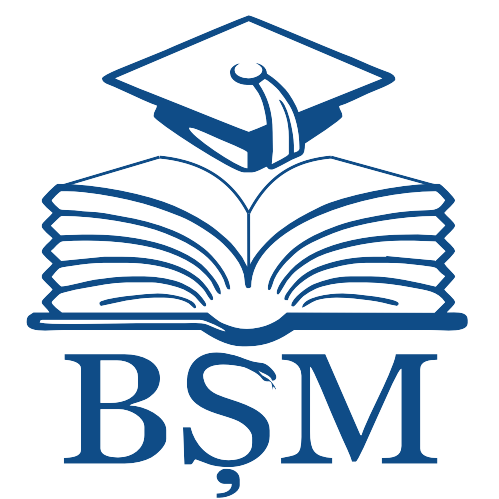|
|
- IRMS - Nicolae Testemitanu SUMPh
- 1. COLECȚIA INSTITUȚIONALĂ
- MedEspera: International Medical Congress for Students and Young Doctors
- MedEspera 2024
Please use this identifier to cite or link to this item:
http://hdl.handle.net/20.500.12710/28827
| Title: | In vitro biofilm formation by S. aureus isolated from oral infections and their association with antimicrobial resistance |
| Authors: | Mamaliga, Mihaela |
| Issue Date: | 2024 |
| Publisher: | Instituţia Publică Universitatea de Stat de Medicină şi Farmacie „Nicolae Testemiţanu” din Republica Moldova |
| Citation: | MAMALIGA, Mihaela. In vitro biofilm formation by S. aureus isolated from oral infections and their association with antimicrobial resistance. In: MedEspera: the 10th Intern. Medical Congress for Stud. and Young Doctors, 24-27 April 2024: abstract book. Chișinău, 2024, p. 423. ISBN 978-9975-3544-2-4. |
| Abstract: | Introduction. Staphylococcus aureus is an opportunistic pathogen most commonly involved in skin and soft tissue infections. It is part of the normal microflora of the nasopharynx, skin, eyes, intestines, and urogenital tract. However, it can breach the barriers of the skin and mucous membranes through injuries or surgical incisions, leading to infection. Additionally, it has the ability to adhere to and form biofilms on tissues or medical devices. Aim of study. Aim of study was to study the in vitro biofilm-forming ability of S. aureus isolated from oral infections and their association with antimicrobial resistance. Methods and materials. The study was carried on 64 samples isolated from oral infections. The microbial strains involved in the process were isolated in pure cultures, under laboratory conditions, and subsequently identified by classical microbiological methods and Vitek2 Compact system (BioMerieux), based on the morpho-biological, coloring and biochemical properties. The antimicrobial susceptibility and biofilm-forming ability testing was performed using the Kirby-Bauer disk diffusion technique and the quantitative adhesion test, respectively. Strains that showed resistance to three or more antibiotic groups were considered poly-resistant ones. Results. The antibiotic susceptibility tests of S. aureus strains isolated from oral infections showed a high level of resistance to drug preparations. Of the 64 microbial strains isolated, 42 (65.6%) strains produced detectable biofilms (OD>0.112). As regarding the biofilm status, 13 (30.9%) isolates produced strong biofilms (OD>0.220), 26 isolates (61,9%) – moderate biofilms (OD 0.112-0.220) and 3 isolates (7.2%) – weak biofilms. The antibiotic resistance of biofilm-forming compared to non-biofilm-forming strains showed that biofilm-forming strains had a higher resistance to all groups of drugs tested. Conclusion. The study results revealed a higher biofilm formation capacity at the strains isolated from oral infections, as well as higher rates of antimicrobial resistance in biofilm-producing strains compared to non-producing ones. The obtained data proves a strong correlation between biofilm formation capacity and antimicrobial resistance patterns. The implementation of the relevant antimicrobial susceptibility testing of biofilm-producing strains will improve the management of infections caused by these microorganisms, as well as provide feasible strategies to prevent their spread. |
| metadata.dc.relation.ispartof: | MedEspera: The 10th International Medical Congress for Students and Young Doctors, 24-27 April 2024, Chișinău, Republic of Moldova |
| URI: | https://medespera.md/en/books?page=10
http://repository.usmf.md/handle/20.500.12710/28827 |
| ISBN: | 978-9975-3544-2-4 |
| Appears in Collections: | MedEspera 2024
|
Items in DSpace are protected by copyright, with all rights reserved, unless otherwise indicated.
|


